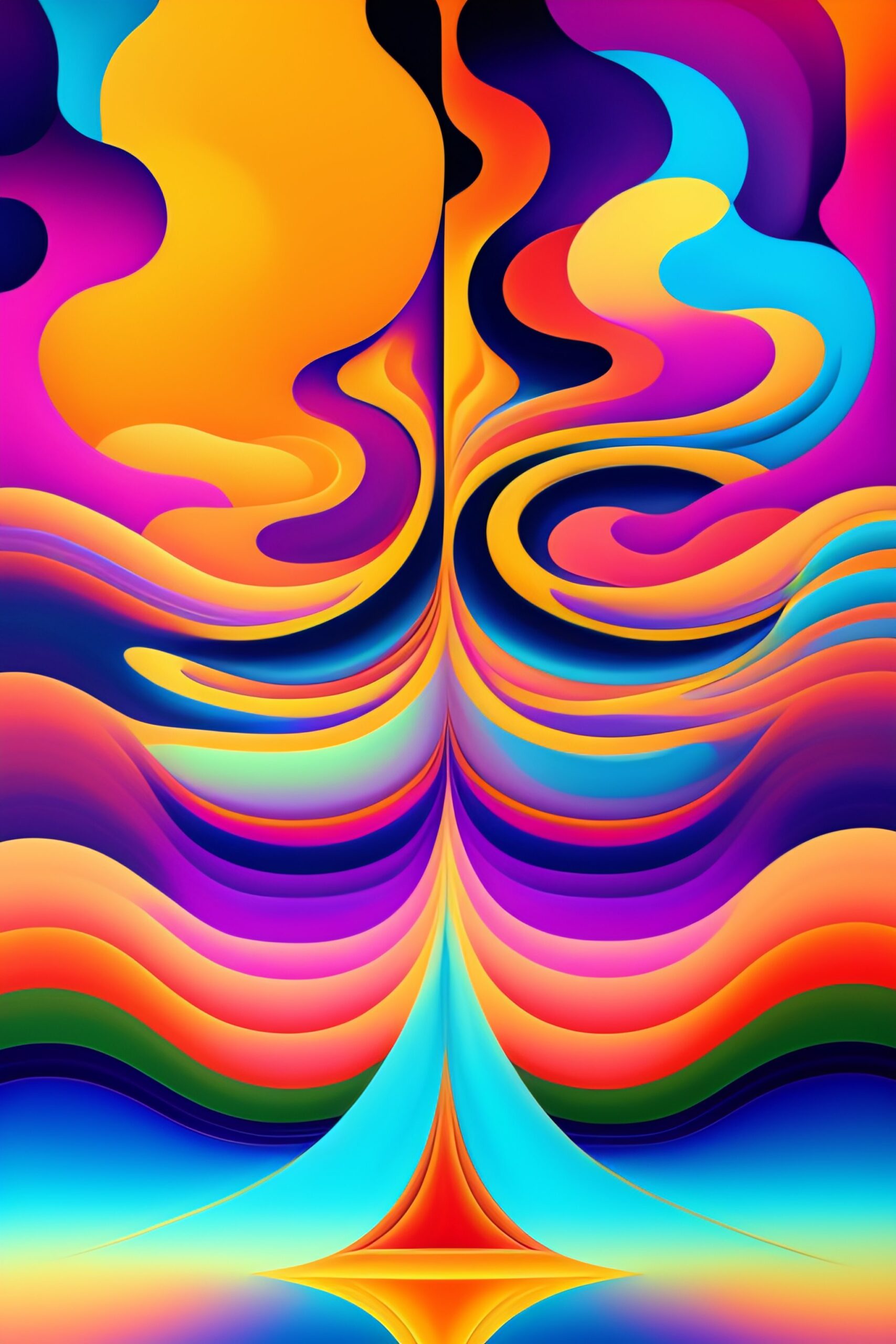Introduction to the Brain-Beats Connection
Ever found yourself lost in the pulsing rhythm of an electronic track, feeling like the beat is “controlling” your body? You’re not alone—your brain is literally being hacked. Electronic music, with its repetitive patterns and syncopated drops, taps into primal neural pathways, triggering pleasure, movement, and even addiction. Let’s decode how these beats manipulate your brain chemistry and why you can’t resist hitting replay.
Why Electronic Music Captivates Us
Electronic music isn’t just sound—it’s a mathematical playground for the brain. The predictability of its beats creates a sense of order, while sudden breaks or drops disrupt expectations, keeping listeners hooked. Imagine your brain as a detective: it loves solving patterns but gets a thrill when the mystery twists unexpectedly.
The Universal Language of Rhythm
From tribal drum circles to EDM festivals, rhythm has always been a social and emotional glue. Scientists believe our brains evolved to prioritize rhythmic sounds because they mimic heartbeat patterns, fostering connection and coordination.
The Science of Rhythm and the Brain
The Role of the Basal Ganglia
Deep inside your brain, the basal ganglia acts as a rhythm conductor. This region controls movement and reward, lighting up when you tap your foot to a beat. Studies show that electronic music’s steady tempo activates this area, priming your body to move—even if you’re just nodding your head.
Drum Patterns and Motor Responses
A 2019 study found that syncopated beats (like those in house or techno) trigger stronger motor cortex activity than predictable rhythms. Your brain isn’t just hearing the beat—it’s rehearsing dance moves subconsciously!
Auditory Cortex Activation
When beats hit your ears, the auditory cortex decodes their timing and pitch. But electronic music’s layered synths and basslines overload this region, creating a “sensory buffet” that demands attention.
Case Study: Brain Waves Syncing to Beats
Researchers using EEG discovered that listening to 128 BPM tracks synchronizes brain waves to the beat, inducing states of focus or euphoria. It’s like your brain becomes a metronome, locking into the music’s pulse.
The Dopamine Connection: Beats as a Chemical Trigger
Expectation vs. Reward in Music
Dopamine—the “feel-good” chemical—surges not when the beat drops, but right before it. Your brain anticipates the climax, creating a delicious tension. When the drop arrives, it’s like scratching an itch you didn’t know you had.
The Dopamine Loop and Addiction
Repeated exposure trains your brain to crave these dopamine hits. Ever wondered why you replay the same track for hours? It’s your neural reward system shouting, “Again!”
Why We Crave the “Drop”
The “drop” in electronic music mimics a biological reward cycle: build-up (anticipation), climax (release), and resolution (relief). Each cycle reinforces the craving, much like gambling addiction.
Rhythm and Trance: The Path to Flow State
Neural Entrainment and BPM
Neural entrainment occurs when brain waves align with external rhythms. Tracks around 120-130 BPM (common in house and trance) mirror the brain’s alpha waves, promoting relaxation and focus.
The Magic Number: 120-130 BPM
This range matches the average resting heart rate, creating a physiological resonance. Your body thinks, “Hey, this rhythm feels natural!” and leans into the groove.
The Evolutionary Roots of Rhythmic Entrainment
Early humans used drumming to coordinate hunts and rituals. Today, festivals recreate this communal “entrainment,” making strangers feel like tribe members.
Cultural and Evolutionary Perspectives
From Tribal Drums to Digital Beats
The tools have changed—samplers instead of animal skins—but the goal remains: to unite people through rhythm. Electronic music festivals are modern-day ceremonies, harnessing ancient neural wiring.
The Social Glue of Shared Rhythms
Dancing in sync releases oxytocin, the “bonding hormone.” That’s why crowds at raves often describe feeling connected to strangers—their brains are chemically wired to unite.
The Dark Side of the Beat: When Pleasure Becomes Obsession
Can You Get Addicted to Music?
While not as severe as drug addiction, compulsive music listening exists. Some users report withdrawal-like anxiety when deprived of their daily “dose” of beats.
Moderation in the Age of Streaming
Endless playlists and algorithms designed to maximize engagement can lead to overconsumption. Balance is key—your brain needs quiet time to reset its dopamine receptors.
Future Research and Applications
Music Therapy for Neurological Disorders
Parkinson’s patients often move better to rhythmic cues. Future therapies might use customized electronic beats to improve motor function.
Personalized Beats for Mental Health
Imagine an app that generates beats tailored to your brain waves, easing anxiety or boosting productivity. The era of “neuro-music” is closer than you think.
Conclusion: Harmonizing Brain and Beat
Electronic music isn’t just art—it’s a neurochemical toolkit. By understanding how beats hack our brains, we can harness their power for joy, connection, and healing. So next time you lose yourself in a track, remember: it’s not magic. It’s neuroscience.
FAQs
- What BPM is most effective for inducing a flow state?
Tracks between 120-130 BPM align best with the brain’s alpha waves, promoting focus and relaxation. - Can electronic music negatively impact mental health?
Overconsumption may lead to dopamine desensitization, but moderate listening is generally beneficial. - How does electronic music compare to classical in stimulating the brain?
Classical music engages complex emotional regions, while electronic beats target motor and reward centers more directly. - Are there long-term effects of frequent exposure to high-BPM music?
Studies are ongoing, but varied listening habits are recommended to prevent neural fatigue. - Can music replace other forms of therapy for anxiety?
It can complement therapy, especially rhythm-based interventions, but isn’t a standalone cure.


